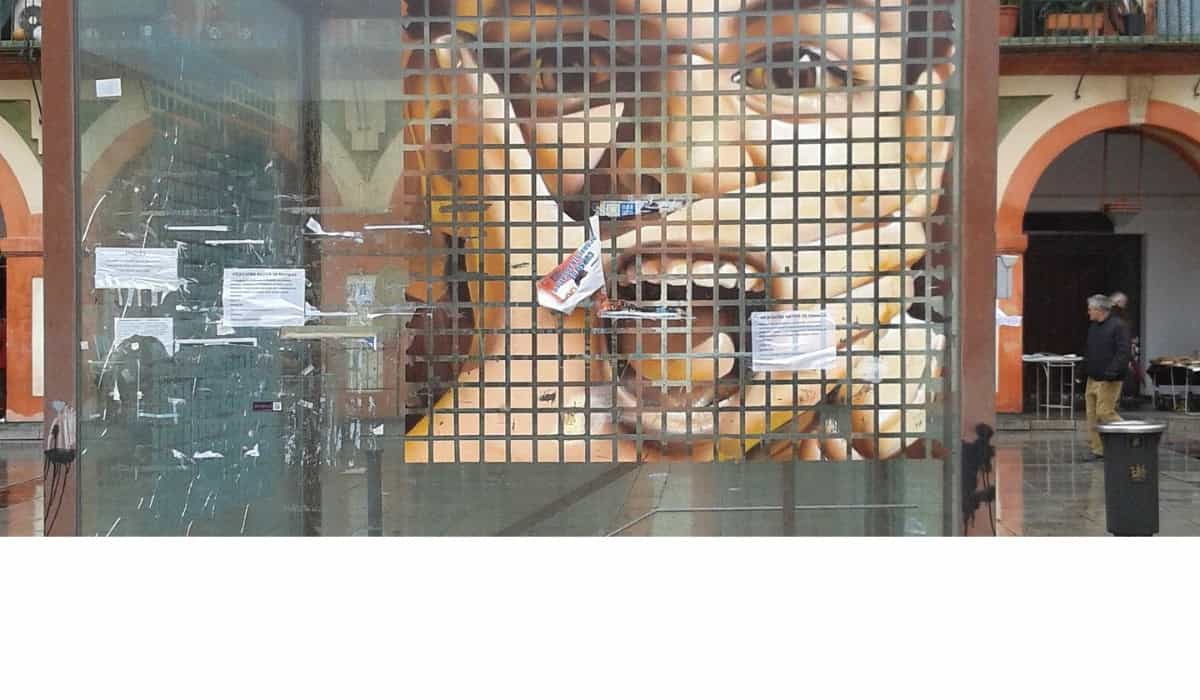Understanding the Impact of Hearing Loss on Communication
Effective communication strategies are crucial for the hearing impaired to navigate daily life with ease. These strategies not only enhance interaction with others but also boost confidence and foster independence. From utilizing assistive listening devices to adopting clear speech and visual cues, this guide explores various methods to improve communication for those experiencing hearing loss.
Understanding and implementing these strategies can significantly reduce the communication barriers faced by individuals with hearing impairments. It’s about creating an inclusive environment where everyone can participate fully, ensuring that the hearing impaired are not left out of conversations, whether in person or digital, and helping to bridge the gap that hearing loss can create.
Understanding the Impact of Hearing Loss on Communication
Hearing loss can greatly affect how someone communicates, making it hard to understand others, especially in places with a lot of background noise. Assistive listening devices can help, but it’s also important to speak at a moderate pace and use effective communication strategies to make sure everyone is included.
The Challenges Faced by the Hearing Impaired in Daily Conversations
Background noise can make it tough for people who are hard of hearing to follow conversations. Using assistive listening devices and speaking at a moderate pace can make a big difference in how well they can communicate with others.
Overcoming Social Isolation Through Improved Communication
Effective communication plays a key role in overcoming social isolation for the hearing impaired. By adopting strategies that enhance understanding, such as clear speech and the use of visual cues, individuals can engage more fully in social situations, fostering connections and reducing feelings of loneliness.
The Role of Assistive Listening Devices and Hearing Aids
Assistive listening devices and hearing aids are vital tools that help people with hearing loss hear better, especially in noisy places or where there’s a distance from the sound source. They can greatly improve the quality of life for the hearing impaired.
Comparing the Benefits and Limitations
While assistive listening devices and hearing aids offer significant benefits, like improved hearing in various environments, they also have limitations. Not all devices work well in every situation, and it can take time to find the right solution that meets an individual’s specific hearing needs.
Key Communication Strategies for the Hearing Impaired
There are many ways to help people with hearing loss communicate better. These include using hearing aids, understanding body language, and making sure to face the person you’re talking to. By using these strategies, communication can become easier and more effective.
Tips for Effective Communication: Face-to-Face and Digital Methods
When talking to someone with hearing loss, it’s helpful to face the person, speak clearly, and use facial expressions and body language. Assistive listening devices and cochlear implants can also help. Following these tips can make it easier for everyone to understand each other, whether you’re talking in person or through digital methods.
Enhancing Understanding through Clear Speech and Visual Cues
Using facial expressions, visual cues, and body language can make a big difference in how well someone with hearing loss understands you. These methods help convey your message more clearly and make conversations more enjoyable for both of you.
Adjusting Environments for Better Communication
Making small changes in the environment can help individuals with hearing loss communicate better. This can mean talking in a quieter place or making sure there’s good lighting so they can see your face clearly.
Importance of Lighting and Reducing Background Noise
Good lighting and less background noise can make it much easier for people with hearing loss to follow conversations. This means they can see your face and any visual cues you use, helping them understand you better.
Before, During, and After: Navigating Communication in Medical Settings
In medical settings, it’s important not to cover your mouth when talking to someone with hearing loss. This helps them see your lips and makes it easier for them to understand what you’re saying.
Preparing for a Medical Appointment with Hearing Impairments
Bringing assistive listening devices to a medical appointment can help people with hearing loss understand their healthcare provider better, making the visit more productive and less stressful.
Strategies for Clear Communication with Healthcare Providers
Clear communication with healthcare providers is crucial. This can mean speaking clearly, using visual aids, or even writing down important information to ensure that nothing is missed during the conversation.
Ensuring Effective Communication in Reception and Waiting Areas
For people with hearing impairments, having access to a pen and paper, seeing clear signage, or having a language interpreter available can make a big difference in navigating reception and waiting areas more effectively.
The Role of Written Materials and Signage
When you’re communicating with someone who has hearing loss, written materials and clear signage can make a big difference. They provide a visual way to convey messages, ensuring that important information isn’t missed. This is especially helpful in noisy environments where hearing aids might not catch every word. Think about using large, easy-to-read fonts and symbols that clearly communicate your message without confusion.
Innovative Tools and Technologies Aiding Communication
Today, there are many tools and technologies designed to help people with hearing loss communicate more effectively. From advanced hearing aids to mobile apps, these innovations are making conversations more accessible and inclusive for everyone.
The Evolution of Hearing Aids and Their Impact on Communication
Hearing aids have transformed over the years, becoming more powerful and less noticeable. They’ve significantly improved the ability of individuals with hearing loss to engage in conversations and stay connected with the world around them.
How Assistive Listening Devices Bridge Communication Gaps
Assistive listening devices work alongside hearing aids to enhance sound in specific environments, like classrooms or theaters. They directly connect to the audio source, reducing background noise and making it easier for individuals with hearing loss to focus on what’s being said. This technology bridges the gap between hearing aids and the need for clearer sound in challenging listening situations.
Mobile Apps and Software: Revolutionizing Communication for the Hearing Impaired
Mobile apps and software have opened up new possibilities for communication, offering features like real-time transcription and speech-to-text capabilities. These tools support individuals with hearing loss in both personal and professional settings, making conversations more accessible.
Real-time Transcription and Speech-to-Text Applications
Imagine having a conversation and seeing each word typed out in real time. That’s what speech-to-text apps do. They capture spoken words and convert them into text, making it easier for people with hearing loss to follow along. This technology is especially useful in group settings or when speaking with someone who isn’t using sign language.
Creating an Inclusive Society: The Importance of Public Awareness and Education
Raising awareness and educating the public about hearing loss and communication strategies is crucial for building an inclusive society. It encourages understanding and support for the hearing impaired community.
Advocating for the Rights and Needs of the Hearing Impaired
Advocacy plays a key role in ensuring that the rights and needs of the hearing impaired are recognized and met. This includes access to the latest communication technologies and accommodations in public spaces.
The Significance of Public Education Campaigns on Hearing Loss
Public education campaigns on hearing loss are vital for increasing awareness and understanding. They inform the public about the challenges faced by the hearing impaired and promote strategies for effective communication. These campaigns can lead to more supportive environments for individuals with hearing loss.
Encouraging the Adoption of Inclusive Communication Practices in Workplaces and Public Spaces
Creating inclusive environments means adopting communication practices that consider the needs of the hearing impaired. This includes training staff on how to communicate effectively with individuals who have hearing loss and ensuring public announcements are accessible.
Guidelines for Businesses and Organizations to Support the Hearing Impaired
Businesses and organizations can support the hearing impaired by following simple guidelines, like ensuring their staff are aware of how to communicate effectively with people who have hearing loss. This could mean learning not to cover your mouth while speaking, using written notes for clarity, and providing assistive listening devices or technology when possible. Creating an environment where everyone can communicate effectively is not only inclusive but also enriches the community as a whole.
Towards Better Understanding and Inclusion: Empowering the Hearing Impaired
Empowering individuals with hearing loss through better communication strategies and technologies leads to greater understanding and inclusion. It allows for fuller participation in all aspects of life.
Living with Hearing Loss: Personal Stories and Successes
Personal stories of living with hearing loss can inspire and educate others. They highlight the importance of resilience, support, and effective communication strategies in overcoming challenges.
How Effective Communication Strategies Transform Lives
Effective communication strategies can transform the lives of people with hearing loss. They enable fuller participation in social, educational, and professional activities, enhancing quality of life and fostering independence. Stories of success and empowerment underscore the positive impact of these strategies.
Continuing Education and Resources for the Hearing Impaired and Their Families
Continuing education and access to resources are crucial for the hearing impaired and their families. They provide ongoing support and information on the latest communication strategies and technologies, ensuring everyone can stay connected and informed.
Workshops, Online Courses, and Support Groups
To empower deaf persons and their families, a variety of workshops, online courses, and support groups are available. These resources provide vital information and strategies for effective communication, fostering a supportive community for sharing experiences and advice. Engaging in these educational settings not only enhances knowledge but also boosts confidence in managing daily communication challenges.
Conclusion: The Way Forward in Enhancing Communication for the Hearing Impaired
As we look towards the future, it is clear that continuous effort and innovation are key in improving communication for the hearing impaired. By embracing new technologies, refining communication strategies, and fostering inclusive environments, we can significantly enhance the quality of life for those with hearing loss. The journey ahead is promising, with ongoing advancements paving the way for a more accessible world.
Embracing Change and Innovation for a More Inclusive Future
Innovations in hearing aids and other assistive devices are vital for the hearing impaired to gain better access to the world around them. Embracing these changes, along with a deeper understanding of body language and the need to repeat or rephrase when necessary, can significantly improve communication. This approach ensures a more inclusive society where everyone has visual access and the opportunity to participate fully.
The Ongoing Journey of Learning and Adaptation
The path to better communication for those with profound hearing loss is an ongoing journey of learning and adaptation. It requires the willingness to explore new methods, such as using hearing aids effectively, and to continuously adapt to changing environments and technologies. This journey is not just about overcoming barriers but also about celebrating every achievement in the quest for inclusivity and understanding.







